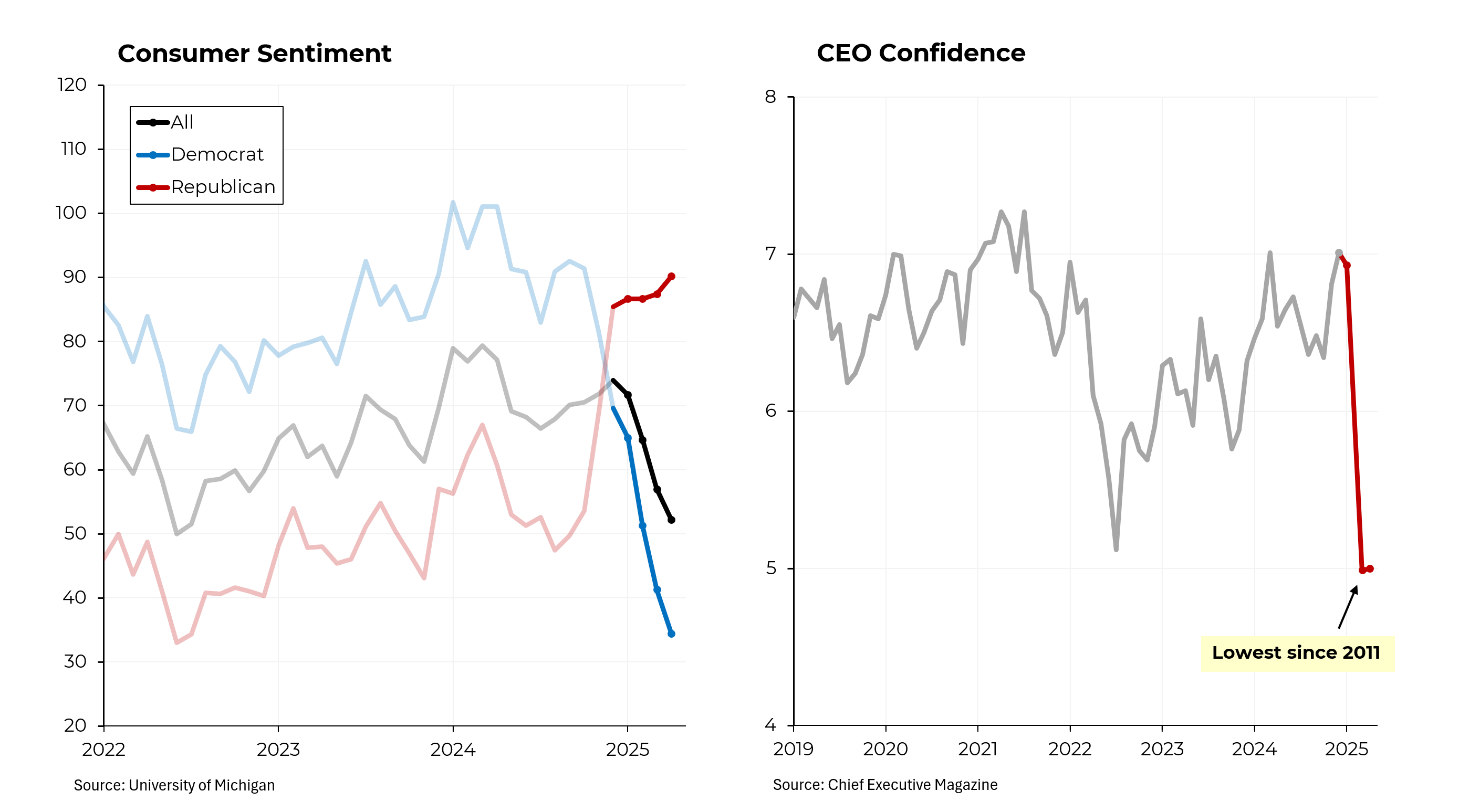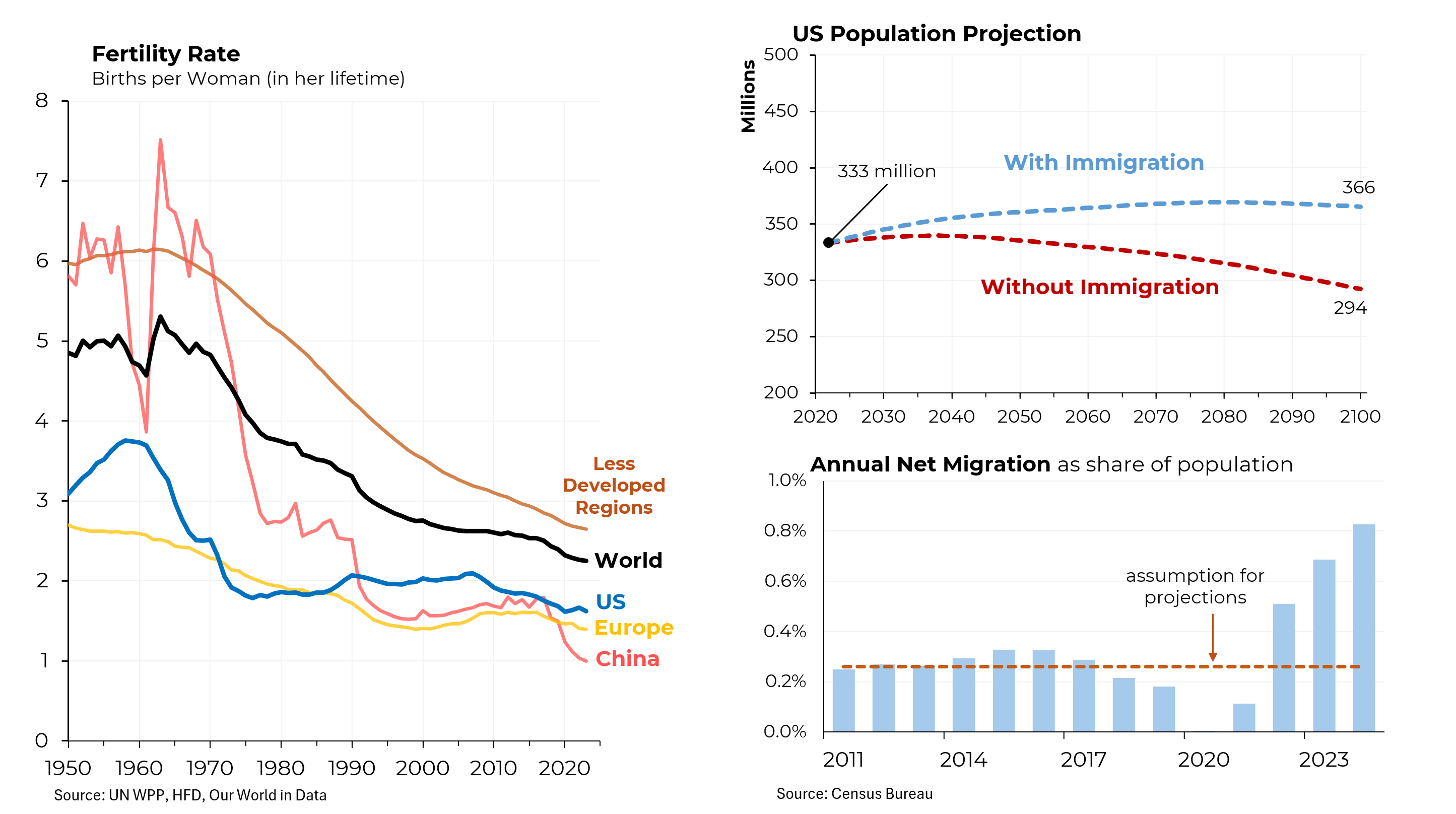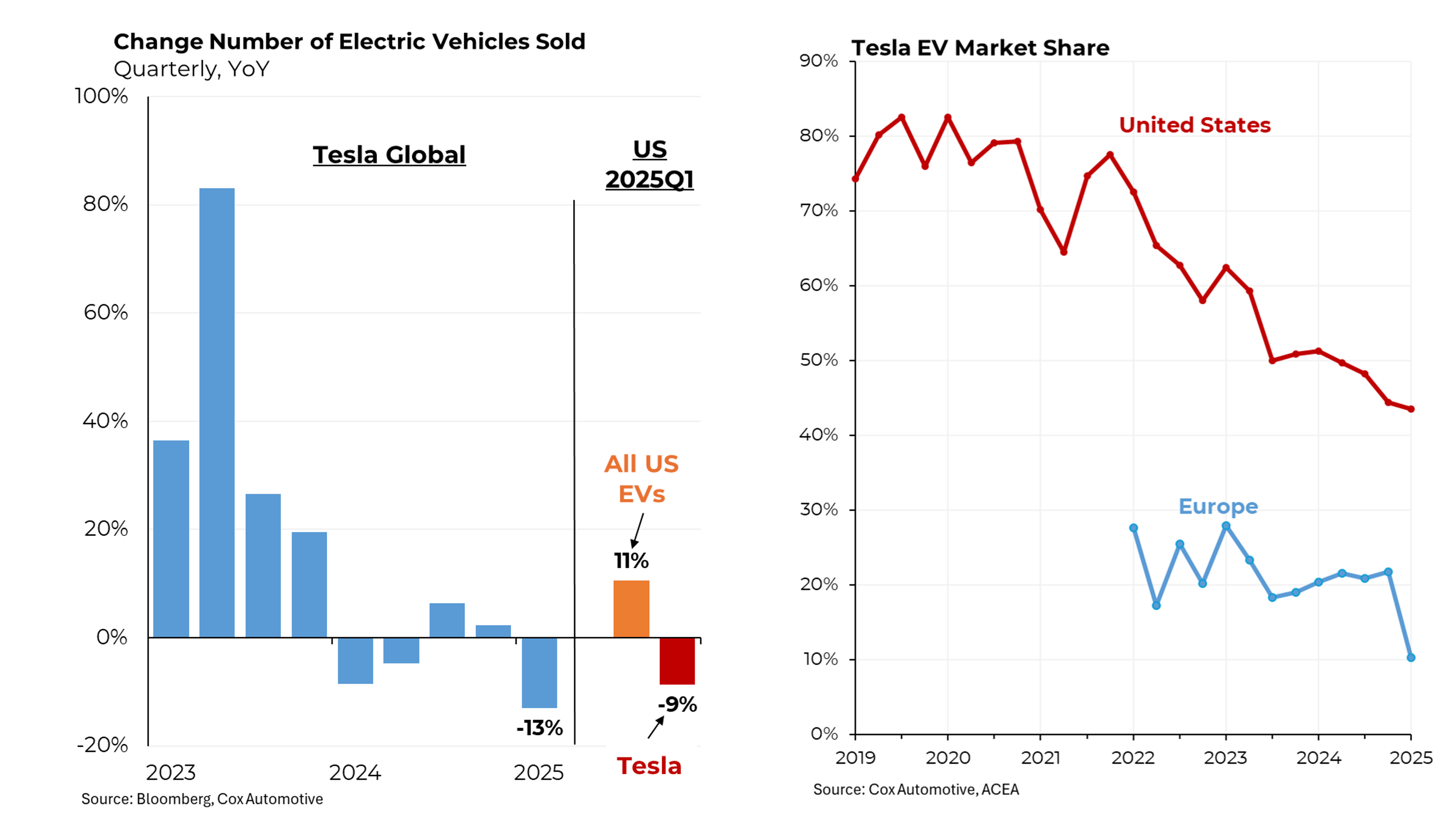On today’s Morning Joe, Steven Rattner presented charts showing that the Republican tax bill that emerged from conference late last week is no better for either average Americans or the nation’s growing deficit problems and is clearly worse in at least one important respect – any real hope of reforming the nation’s overly complicated tax system.
Most importantly, the legislation – which will almost certainly be passed this week by both houses of Congress – would benefit those further up the income scale more than those closer to the bottom. Americans with incomes above $100,000 a year will see their after-tax incomes rise by more than 3%, with those who take in between $500,000 and $1 million a year receiving boosts of more than 5%. For those further down the income scale – making less than $40,000 – the benefits will be modest at best: increases in after-tax incomes of less than 2%.
This is substantially more regressive than the legislation that passed the House, which would have kept after-tax increases for those earning more than $100,000 a year at or below 2%; in other words, similar to what middle class Americans will be getting.
Let’s take a closer look at one provision – the increase in the child tax credit – which Senator Marco Rubio fought hard to improve, at one point threatening to vote against the entire package unless this provision was changed to his satisfaction. While Republicans make much of the doubling of the benefit to $2,000 per child, in reality, only families with incomes above $100,000 will receive the full benefit. (Families with incomes of $400,000, who previously did not participate in the credit, will get the full $2,000 per child so they get the biggest increases of all.)
Meanwhile, a family with two children who earns the minimum wage (roughly $14,500) will receive only an additional $75.
What Rubio succeeded in winning was an extra $600 for a family earning $30,000 per year and therefore not paying enough taxes to be able to utilize more than $200 of the newly augmented credit. So those families will still receive dramatically less than families with higher incomes.
Lastly, the final bill maintains the increase of at least $1.4 trillion in projected deficits over the coming decade (which in reality is more than $2 trillion when various gimmicks are properly adjusted for.) This huge increase in anticipated debt comes at a time when deficits are already back on the rise. With the new legislation factored in, the federal budget deficit is projected to exceed $1 trillion in 2020. The last time the deficit exceeded $1 trillion was in 2012; Republicans routinely excoriated President Obama for allowing the deficit to exceed $1 trillion in 2009 as he was attempting to deal with the financial crisis and ensuing recession.









